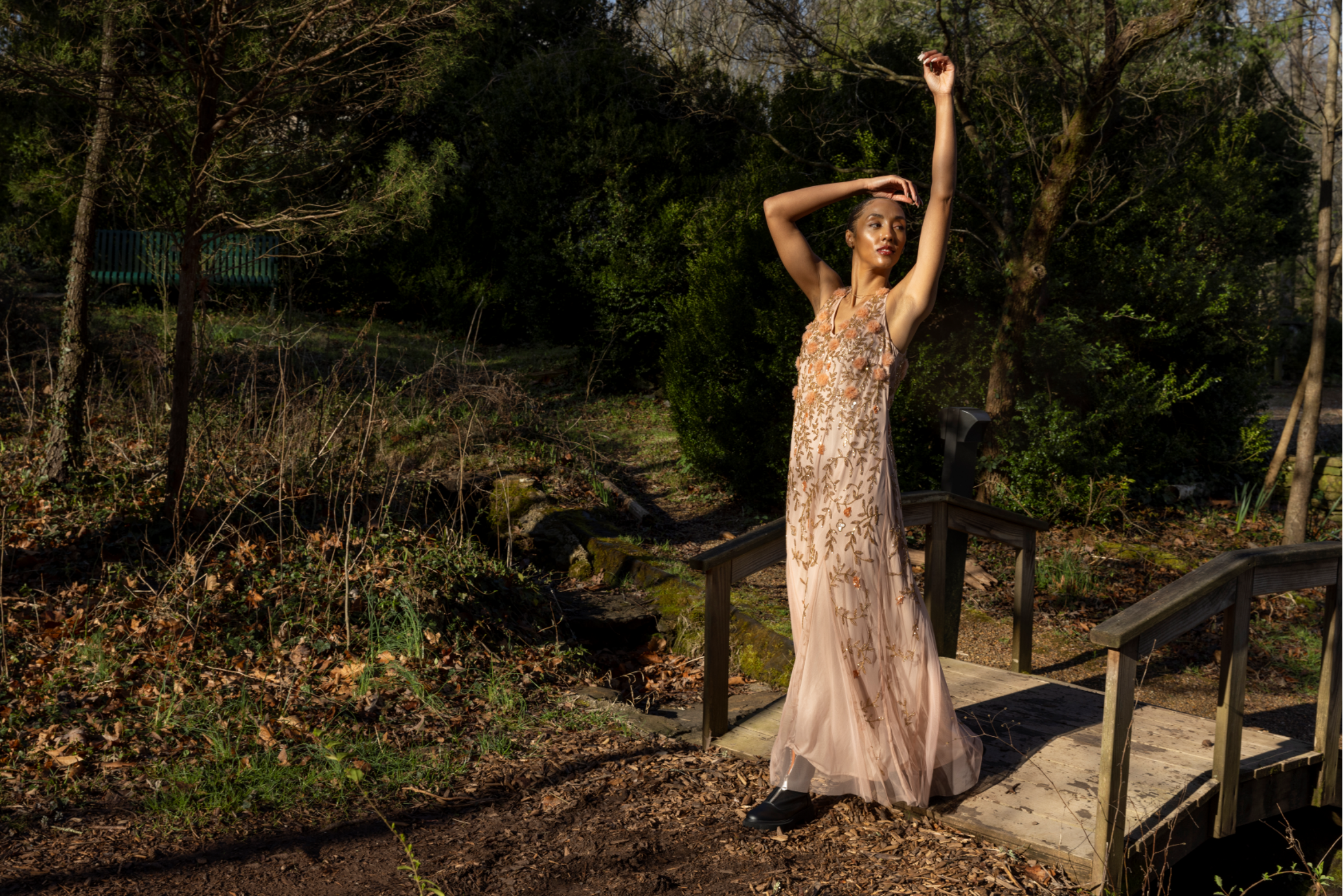Displaying items by tag: ijams
Hellbent Profile: Amber Parker brings nature to the people
 Ijams Nature Center Executive Director Amber Parker poses with opossum Opal. She was an Ijams animal ambassador for more than three years. “She came to us after her mother was hit by a car and Opal would fit in the palm of your hand. Sadly, Opal passed away earlier this year. Opossums live short lives, usually about three years, so Opal had a nice long one by opossum standards. She was beloved by all and we miss her.” Courtesy Ijams Nature Center
Ijams Nature Center Executive Director Amber Parker poses with opossum Opal. She was an Ijams animal ambassador for more than three years. “She came to us after her mother was hit by a car and Opal would fit in the palm of your hand. Sadly, Opal passed away earlier this year. Opossums live short lives, usually about three years, so Opal had a nice long one by opossum standards. She was beloved by all and we miss her.” Courtesy Ijams Nature Center
Each year more than 600,000 people visit Ijams Nature Center
This is the second installment of an occasional series, Hellbent, profiling citizens who work to preserve and improve the Southern Appalachian environment.
KNOXVILLE — On any given day, the parking lot at Ijams Nature Center in South Knoxville is packed with cars, trucks, and buses as folks of all ages flock to hike, climb, swim and paddle its 300-plus acres of protected wildlands.
Making sure the center’s 620,000 or so annual visitors have a positive experience interacting with Mother Nature requires dozens of full-time employees plus a generous contingent of volunteers. Ensuring the complex operation stays on course and within its $1.8 million operating budget is a tough job, but Ijams Executive Director Amber Parker has been doing it for six years now and has no desire to be doing anything else.
When Amber talks about Ijams she fairly bursts with giddy, infectious energy. This is a woman who has clearly found her place in the world, and even a brief walk along any of the center’s 21 trails makes one wonder if the land itself hasn’t responded in like fashion to her devotion.
Get put together well: Ijams Nature Center hosts sustainable fashion show
 The Fleurish fashion show will feature sustainable and stylish clothes to reduce your big old footprint on Earth. Courtesy Fleurish/Ijams Nature Center
The Fleurish fashion show will feature sustainable and stylish clothes to reduce your big old footprint on Earth. Courtesy Fleurish/Ijams Nature Center
Help rock the catwalk at Ijams’ display of sustainable clothing
Cindy Hassil is a writer for Ijams Nature Center.
KNOXVILLE — Clothes can be a burden to both bear and wear. Ijams Nature Center offers fashionable alternatives with sustainability cred this month.
Ijams and Natural Alternatives Salon and Spa will present Fleurish: A Sustainable Fashion Event, from 6 to 9 p.m. Sunday, April 24.
“Fleurish is a runway show focused on how sustainability, conservation and beauty intertwine and affect our lives … and our future,” Fleurish Creative Director Ben Prager said. “This event engages the audience in ways that will help the average consumer make changes in their day-to-day lives to better impact the planet while never losing sight of the beauty of nature and the human experience.”
Twelve local designers, along with hair stylists and makeup artists, are coming together to create looks using both recycled and natural materials.
Choose your own adventure in Knoxville’s Urban Wilderness
 Not all of the Knoxville Urban Wilderness is true wilderness, of course. This monoculture field of sunflowers planted at the Forks of the River Wildlife Management Area does, however, attract lots of wildlife. Courtesy Visit Knoxville
Not all of the Knoxville Urban Wilderness is true wilderness, of course. This monoculture field of sunflowers planted at the Forks of the River Wildlife Management Area does, however, attract lots of wildlife. Courtesy Visit Knoxville
Spring study to quantify visitation, economic impact
“It’s something special for Knoxville and defines us as a recreational community,” said city Deputy Chief of Economic and Community Development Rebekah Jane Justice. She was named the city’s first Urban Wilderness Coordinator in July 2017, and is still the city’s go-to expert on this ambitious, ongoing land-preservation and recreational project. “It’s about so many things, including building our local economy in a unique way.”
Now that the Urban Wilderness is more established, actual numbers about usage are more easily captured than when Sims authored his paper. Matthew Kellogg of the Appalachian Mountain Bike Club said that his club received an equipment grant from the International Mountain Bicycling Association for trail-counter devices to quantify how many people use the trails — and where and when. Currently Kellogg’s group is calibrating 11 newly placed trail counters in the Urban Wilderness. By spring, the group hopes to be collecting reliable data.
Among the things this data will be used for is a multi-year study by University of Tennessee kinesiology and recreation professor Eugene Fitzhugh, a frequent lecturer about urban trails their impact on a community’s physical activity.